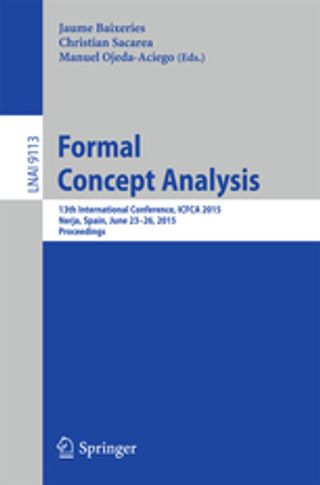?
Exploring Pattern Structures of Syntactic Trees for Relation Extraction
In this paper we explore the possibility of defining an original pattern structure for managing syntactic trees. More precisely, we are interested in the extraction of relations such as drug-drug interactions (DDIs) in medical texts where sentences are represented as syntactic trees. In this specific pattern structure, called STPS, the similarity operator is based on rooted tree intersection. Moreover, we introduce “Lazy Pattern Structure Classification” (LPSC), which is a symbolic method able to extract and classify DDI sentences w.r.t. STPS. To decrease computation time, a projection and a set of tree-simplification operations are proposed. We evaluated the method by means of a 10-fold cross validation on the corpus of the DDI extraction challenge 2011, and we obtained very encouraging results that are reported at the end of the paper.
In book
